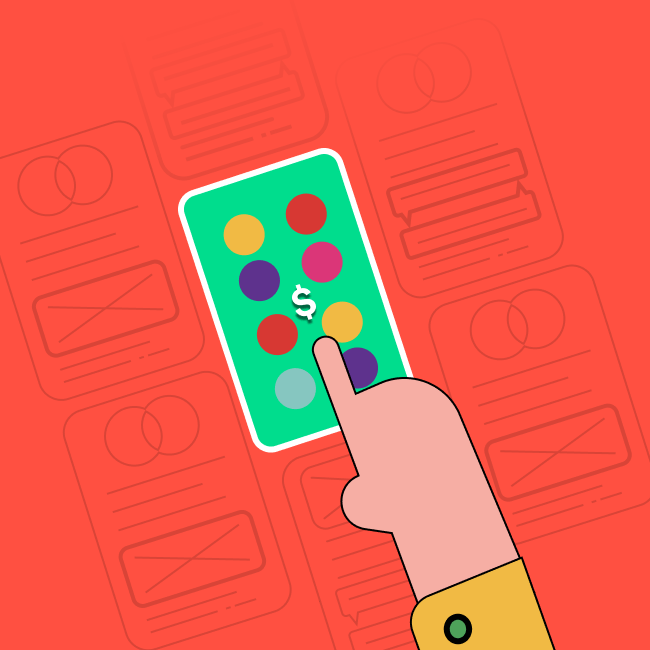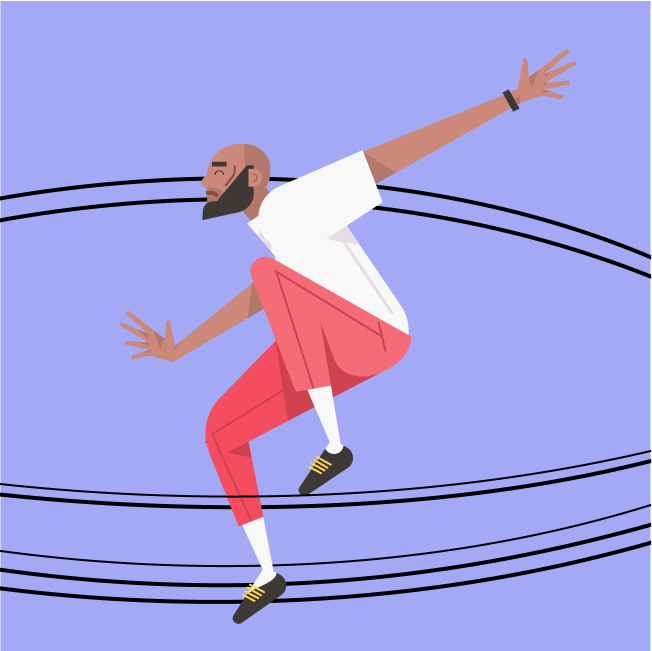Eye-opening insights on how to measure ROI for UX
June 12, 2021 | Read Time : 3 mins
Reading about UX and how it impacts your website is trending charts. Everyone is aware of how UX plays a vital role in the healthcare of your website/product.
When it comes to design, we often ask ourselves questions like, ‘How will this solution help,’ ‘What value it brings to the company,’ ‘Will the customer experience become better.’
Return on investment for User Experience design helps find how and what value the design provides to both customers and business
NNgroup mentions three myths while calculating the ROI for UX:
1. The ROI of UX is not all about money
One of the end goals of User Experience is to make sure business goals are met too. But everything that User Experience results cannot be measured in monetary terms.
NNgroup writes, ‘calculating the ROI of UX is more about demonstrating the fact that design that improves the customer experience has a positive impact on our business goals – whatever those goals might be. Business goals often come down to money, but not always’.
2. The ROI of UX has to be accurate
The insights and results from UX can only be estimated. Sometimes the conversion ratio presents accurate results, but primarily inputs from UX are estimates.
For instance, imagine redesigning a cart experience reduces the time the user takes to finish a check out journey seamlessly. In this redesign, we can calculate resources used to make the user follow a path, cost of features in the previous user journey, conversion ratio.
However, this change doesn’t mean the company will see an increment of X$’s for sure. But rest assured, by considering the previous data, drop off rates and event completion, user journey through various analytics tools can show significant insight if the UX improvement shows an incremental improvement towards metrics aligned with the business goal.
The ROI calculations are not typically meant to calculate precisely how much extra money will show up at the end of the year, but to help the brand overcome, potential drop-offs, red routes and user dissatisfaction upto an extent that could potentially otherwise make the user visit a profitable one.
3. The ROI of UX Has to Account for Every Detail
The ROI estimations can be as detailed and accurate as you want. This assumption means spending a lot of time and resources finding the accuracy in the estimation.
However, the accuracy level can depend on how the team or client would want to understand the results.
If a simple graph is enough to make the team and client understand the drop-off rate due to some sign-up first feature, it should work.
Eye-Opening Insights:
Michael Woo, director of UX at UptopHealth, explain seven KPI examples to measure ROI of UX:
1. Time on Task- ‘Task’ here is what the company defines for its users ( survey, forms).
- Specific tasks should be less time taking.
- This data helps monitor the performance of subsequent designs.
- Some users prefer the ease of navigation, others prefer better searchability.
- Measuring preferences between navigation & search helps in better improvements.
- Users can commit errors in filling the form, entering the right credentials or submitting payment information.
- Here business cannot blame users, but improve the UX structure to avoid the errors.
- UX design should be highly engaging
- Measuring users who leave the conversion funnel helps in better UX optimization.
- Drop off rates can be caused if users are unable to find the right information, or complete an action.
- Helps to track the profitability of the project
- CR measurements help recognize the effects adequate branding, usability, & accessibility have on the UX design
- Helps companies find if their software is user friendly.
- SUS provides UX scores by small questionnaires to users while using the software.
- Helps save time & resources compared to massive surveys.
- The average score from SUS shows how usable the design is.
- It measures overall customer loyalty.
- It helps to evaluate customer loyalty, & the potential for repeat business.
ROI of UX clearly helps optimize and helps in improving the UX for the website/product. If you wish to learn more about the framework to measure ROI for User Experience, please read the ‘Simple Framework to measure ROI for UX’ blog.






